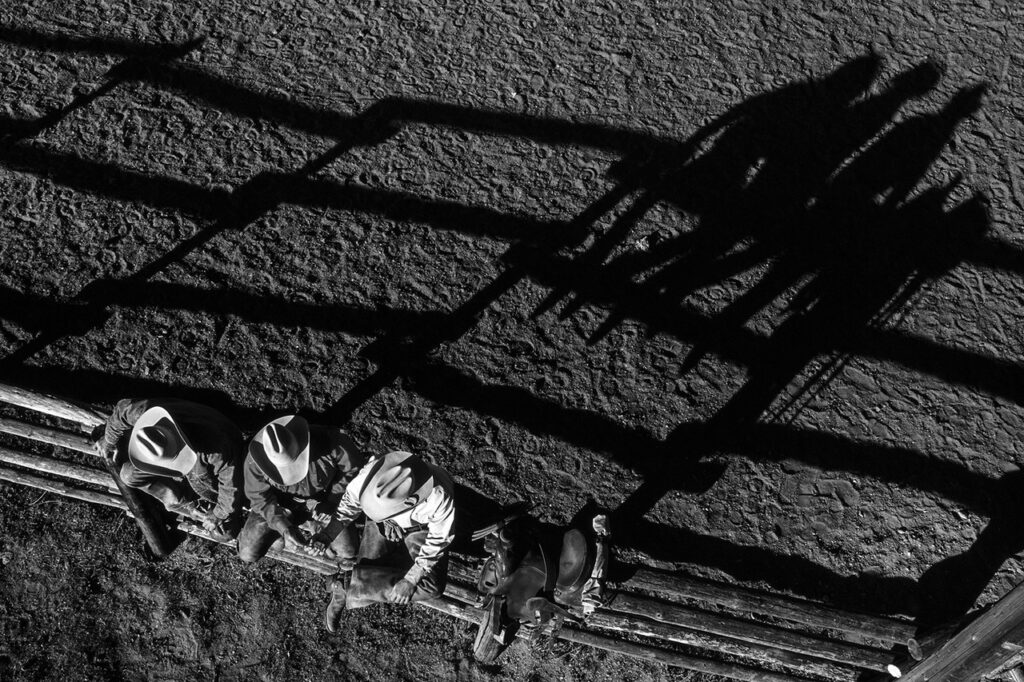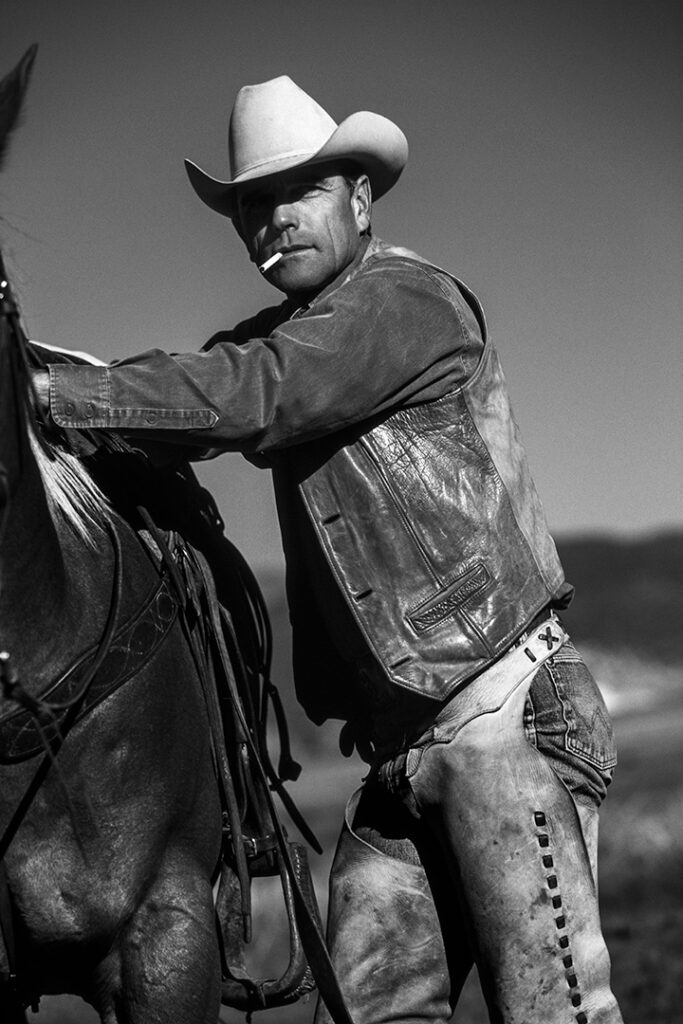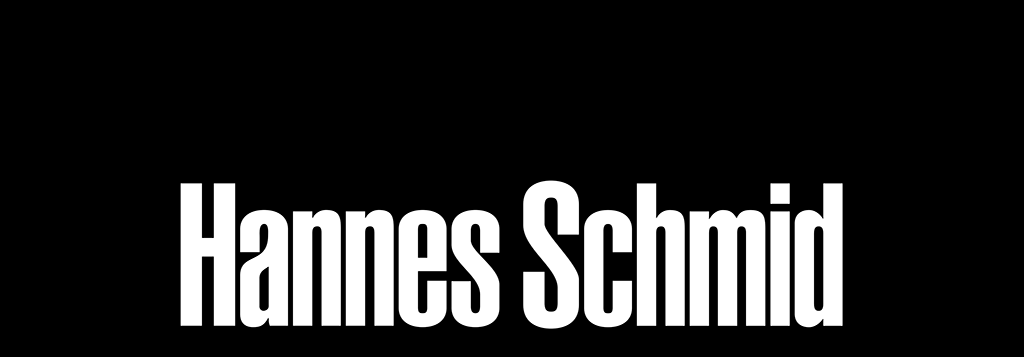The American cowboy is a lone ranger. With his loyal horse and Stetson he roams the prairies and crashes through rivers to seek new meandering paths. Boss of the western plains, he is the symbol of individual freedom and personal charisma. In every movement he makes, he exudes pure masculine power and unrivalled toughness, making one feel safe and protected.
As he commands his beast with unwavering faith, his aura puts his audience in awe of his grandeur. The emergence of this iconic figure has deep roots in American history. The cowboy represents the frontier of the civilisation in the Wild West more than a century ago. His conquest over wilderness, his triumphs in unsung battles, and his will to overcome obstacles have remained in the folkloristic history of America’s dream of expansion and freedom.
The American cowboy became the symbol of pure machismo through the stories and tales told, and, ultimately, Hollywood’s portrayal of this mythic figure. The legend of the cowboy lives on, perhaps because we all need to create a belief of possibilities in life. The myth effects in us the freedom to roam, express, fight, be protected and to win our day-to-day battles.




















Hannes Schmid captures the ultimate geist of this myth. His stark black and white
photographs encapsulate the idea of the American cowboy in his purest form. The strength of these images lies in their ability to compel each onlooker to focus on their composition, on the motion in stillness, the reign of power, the distinctive figure reduced to its iconic form. By stripping off the realities of the mundane cowboy, Hannes Schmid re-attaches the significance of the cowboy back to its existential awe.
